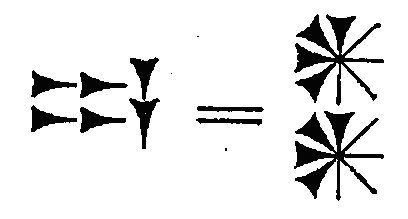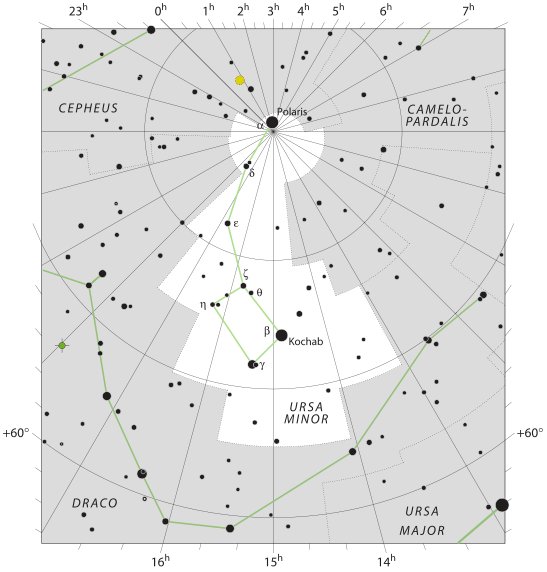|
584
22 Let's fill in more details. I have here (beyond Cb1-16 → 116 = 4 * 29 → 392 + 116 = 408 → 225 + 183 → Kochab + 183) chosen to use colours on both sides of the year on side b of the C tablet: ... Hamiora Pio once spoke as follows to the writer: 'Friend! Let me tell of the offspring of Tangaroa-akiukiu, whose two daughters were Hine-raumati (the Summer Maid - personified form of summer) and Hine-takurua (the Winter Maid - personification of winter), both of whom where taken to wife by the sun ... Now, these women had different homes. Hine-takurua lived with her elder Tangaroa (a sea being - origin and personified form of fish). Her labours were connected with Tangaroa - that is, with fish. Hine-raumati dwelt on land, where she cultivated food products, and attended to the taking of game and forest products, all such things connected with Tane ...
And then we should try to yoke together Cb8-21 with the previous huki type of glyph where both 'eyes' still were intact:
Possibly Cb1-14 indicated a 'yoke' (yoga, conjunction) place but not Cb8-21.
The distance 8 days from April 22 to April 30 suggests a structural similarity with (correspondence to) those 8 dark nights before Venus would return to visibility as Morning Star.
Indeed this idea fits quite well with the yoke between Bharani and Zuben Elgenubi, ideally visible close to the Full Moon in the last night of October 31 respectively in the first day of May:
Moreover, half 354 = 177 days should presumably be counted from the ancient north pole star Kochab (*225) located at the opposite side of the sky roof as compared to Polaris (*26):
|
||||||||||||||||||||||||||||||||||||||||||||||||||||||||||||||||||||||||||||||||||||||||||||||||||||||||||||||||||||||||||||||||||||||||||||||||||||||









